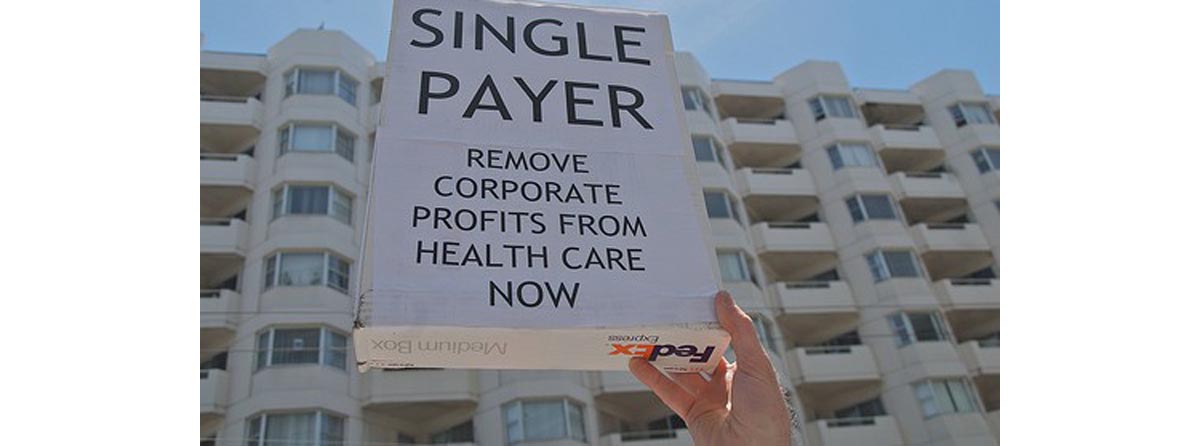Table of Contents
One of the reasons that so many Americans have not had health insurance is the ability, in nearly all states, for health insurance companies to reject the applications of people who have existing health problems. As little as being a few pounds overweight or going to the doctor for a headache could result in an insurance company's rejection of an application.

Even worse, a pre-existing condition could result rejection of a claim months or years later, if the condition was not properly reported on the application form. Diabetes, cancer, or heart attack virtually ensured rejection of any application for insurance, or made it available only at exorbitant rates (in the thousands of dollars per month).
In the meantime, however, Americans with existing medical problems have been able to get coverage through the Pre-Existing Condition Coverage Plan, that is, until recently, as money is thought to be running out for the transitional program.
What Is the Pre-Existing Condition Coverage Plan?
Never very well publicized, the Pre-Existing Condition Coverage Plans are state-by-state programs receiving federal funding for the provision of health insurance to Americans who otherwise would be uninsurable.
Some states choose to use federal grant money to run their own Pre-Existing Condition Health Insurance plans. These states often offer discounts from the already-reduced premium costs to low-income residents. Other states let the federal government run their Pre-Existing Condition Health Insurance plans, offering no discounts for the needy, and letting the federal government pick up the tab.
Replacing the State Health Insurance Risk Pools
Pre-Existing Condition Coverage programs were set up nationwide by the Affordable Care Act to offer a lower-cost alternative to coverage by state health insurance risk pools. The health insurance risk pools were set up by 34 states, Alabama, Alaska, Arkansas, California, Colorado, Connecticut, Florida, Illinois, Indiana, Iowa, Kansas, Kentucky, Louisiana, Maryland, Minnesota, Mississippi, Missouri, Montana, Nebraska, New Hampshire, New Mexico, North Carolina, North Dakota, Oklahoma, Oregon, South Carolina, South Dakota, Tennessee, Texas, Utah, Washington, West Virginia, Wisconsin, and Wyoming, to provide coverage to residents who have already been diagnosed with a health condition. In most states, acceptance into the program is automatic when someone has been diagnosed with one of a list of conditions, such as heart disease, depression, HIV, or cancer. Most states limit the cost of premiums to 200 or 250% of what comparable coverage would cost a healthy person.
Risk pool insurance, however, is not free. Someone who started in a state risk pool in, say, 1995, paying a premium of just $100 a month for a policy that had only $500 in copays, might be asked in 2013 to pay $1200 per month for a policy with $12,500 in copays. Many states offer assistance with high premiums, but for people in their 50's and 60's, coverage with low deductibles still costs $600, $700, or $800 per month, even with the state chipping in. This compares with the $400 to $500 per month cost of the most expensive policies provided by federal Pre-Existing Coverage plans.
- Centers for Medicare & Medicaid Services (CMS), Department of Health and Human Services (HHS). Pre-Existing Condition Insurance Plan program. Interim final rule with comment period. Fed Regist. 2013 May 22. 78(99):30218-26.
- Photo courtesy of Steve Rhodes by Flickr : www.flickr.com/photos/ari/2595230199/
- Photo courtesy of John Trainor by Flickr : www.flickr.com/photos/trainor/2353830908/


Your thoughts on this